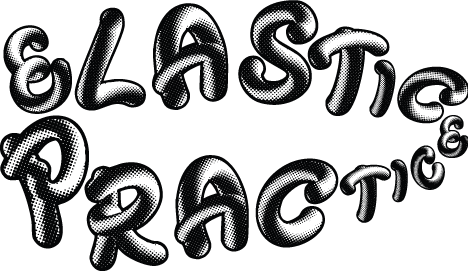Museum of Moving Image - Route 1
Brief
Create a fresh, bold, ownable voice & museum brand identity which will resonate across a multi-generational demographic (in particular 16-35 / families/ arts & film lovers) + engage the general public whilst increasing footfall and ticket sales. Provide two separate visual directions.
*conceptual project
MOMI Get Ready To Be Moved.
The brand concept explores the unique power of moving image to evoke emotion and move us
Optical. Stirring. Snapshot.
Contemporary with a hint of history.
The MOMA of Moving Image
Above - bathroom signage

Iconic Cinema from Past to Present. Uncover the History of Moving Image.
Research
The logo's semi-circle and square lense shapes are inspired by the iconic technical pulley and lense system within the first moving image machine - the Kinetoscope (1891).
In it, a strip of film was passed rapidly between a lens and an electric light bulb while the viewer peered through a peephole.
Optical illusions can manifest as a physical sensation within the body much like a wave of emotion.
Image credits Left: Photo Ida Kahr, 1963 By Riley Bridget. Right: Self-photographic study, Hockney collage.
Route 2
Nostalgic Futurism
Exploring the history and mystery of the silver screen from then til now

Italian Futurism (Dynamism) x Disney {iconic motion focused eras} = Disney Dynamism
Artistic. Magical. Enigmatic. Nostalgic.
^ Image above inspired by early animation aka the first moving image utilises the iconic oval 'cue mark' (featured above) commonly found in films back when the picture role needed changing. All artwork is my own.
Below: Digital Archive > left Bathroom Signage > right
Below are examples of how a blend of the different routes might look Digital Mobile UI (below)
Colour Research inspired by the iconic highly saturated (95%) colour bars historically found in TV test patterns
Recognised to many as a popular cultural symbol of the 80s and 90s and demonstrative of technological developments in moving image
to offer a balance between fun and contemporary but also fun and family friendly.
Highly saturated block colour in motion film was also used is in early film colourisation - each individual frame was hand painted with acid dyes (a process borrowed from lantern slides).
